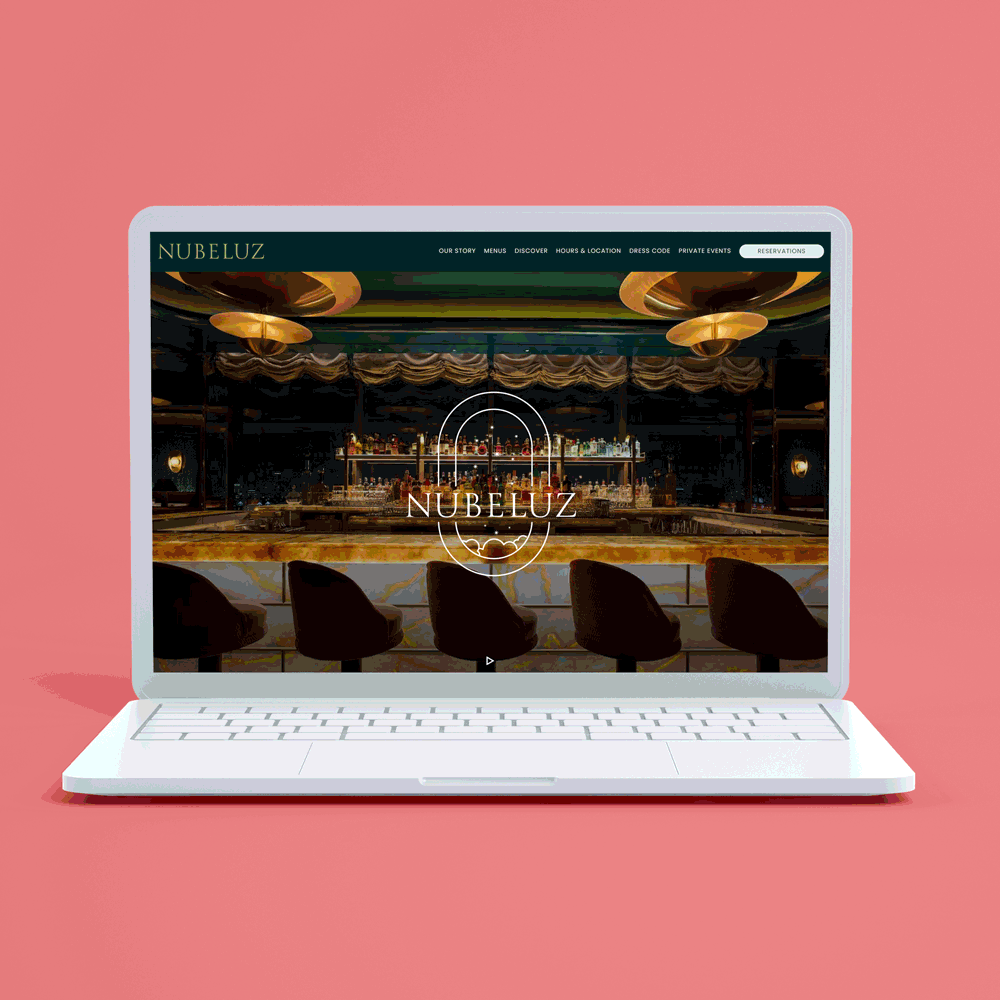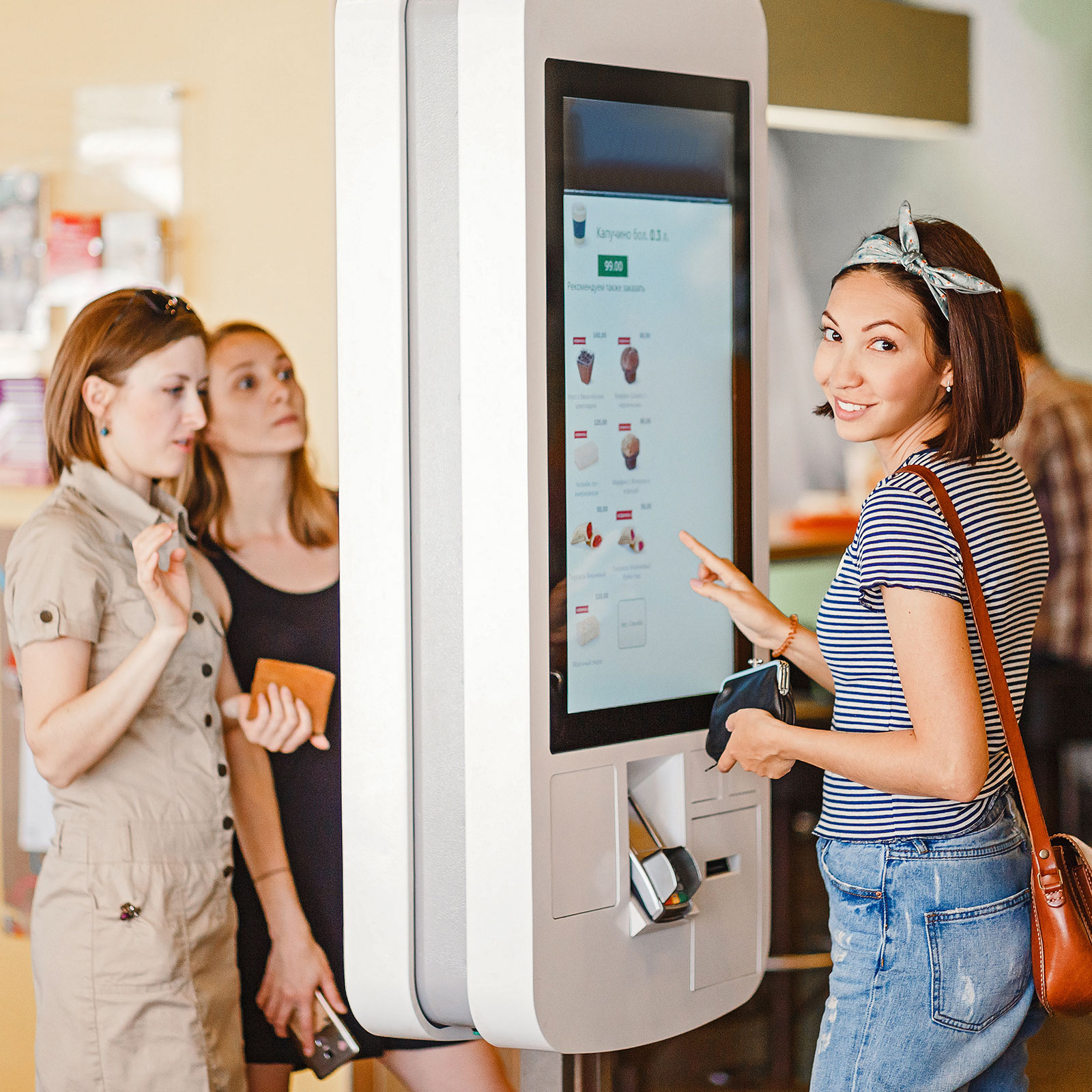Personalization is a powerful tool in the world of digital marketing, and it is especially important in the hospitality industry. Personalization is the process of tailoring marketing messages and campaigns to the specific needs and preferences of individual customers. By personalizing their marketing efforts, hotels and other hospitality businesses can increase engagement, drive bookings, and ultimately boost revenue.
One of the key ways to personalize your marketing efforts is through segmentation. Segmentation is the process of dividing customers into groups based on common characteristics such as demographics, behavior, and preferences. By segmenting your customer base, you can create tailored marketing messages and campaigns that will resonate with each group. For example, you might segment your customers based on their age, location, or past booking history, and then create personalized messages and offers for each group.
Another important aspect of personalization is using data and analytics to understand your customers. By collecting and analyzing data on customer behavior, you can gain insights into what they are looking for in a hotel or other hospitality business. This information can be used to create personalized marketing messages and offers that will be more likely to resonate with your customers.
Personalization is also important when it comes to website design and user experience. By creating a personalized website experience, you can make it easier for customers to find what they are looking for and book a room. For example, you might use cookies to remember customers’ preferences and show them relevant information and offers when they return to your website. Additionally, by using chatbots or other automation tools, you can provide personalized customer service and help customers find the information they need.
Personalized email marketing is another powerful tool for hotels and other hospitality businesses. By sending personalized emails to customers, you can create a sense of exclusivity and make them feel valued. For example, you might send an email to a customer who has stayed at your hotel in the past, inviting them to return and offering a special discount.
Social media is also an important aspect of personalization in the hospitality industry. By creating personalized social media campaigns, you can reach customers where they are spending their time and build relationships with them. For example, you might create a social media contest that encourages customers to share their favorite memories from their stay at your hotel.
Finally, personalization can also be used in the form of loyalty programs. By offering personalized rewards and perks to loyal customers, you can create a sense of exclusivity and encourage repeat bookings. For example, you might offer a free room upgrade or a complimentary meal to customers who have stayed at your hotel multiple times.
In conclusion, personalization is a powerful tool in the hospitality industry. By segmenting your customer base, using data and analytics to understand your customers, creating a personalized website experience, using personalized email marketing, creating personalized social media campaigns and offering personalized loyalty programs, hotels and other hospitality businesses can increase engagement, drive bookings, and ultimately boost revenue. Personalization can help hotels to create a sense of connection with customers, make them feel valued, and encourage repeat bookings. With the help of personalization, hotels can stand out in the crowded hospitality industry and create a unique brand experience.










